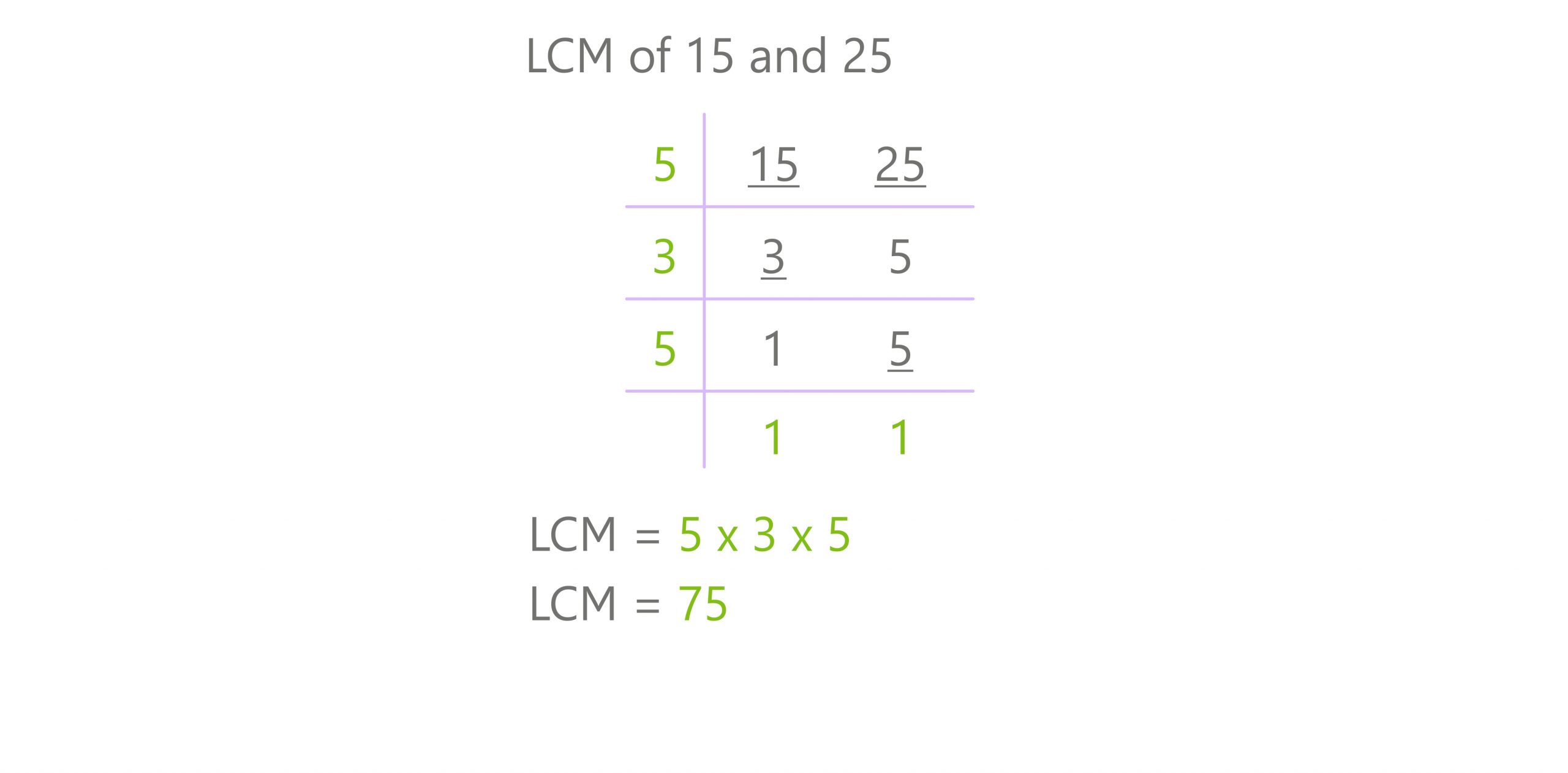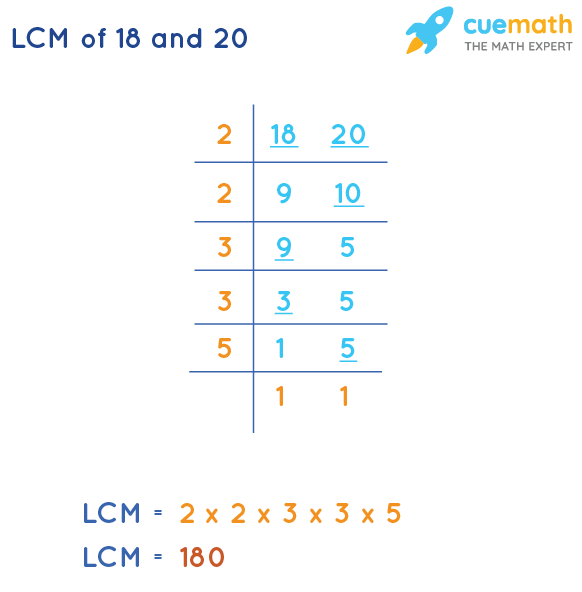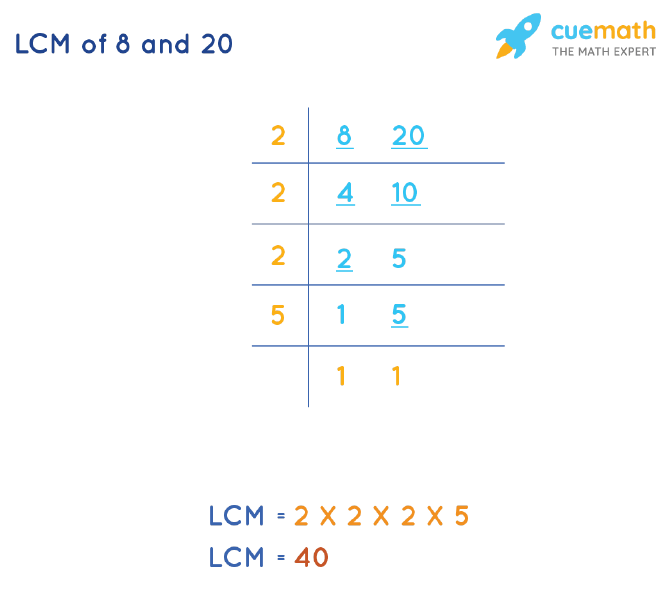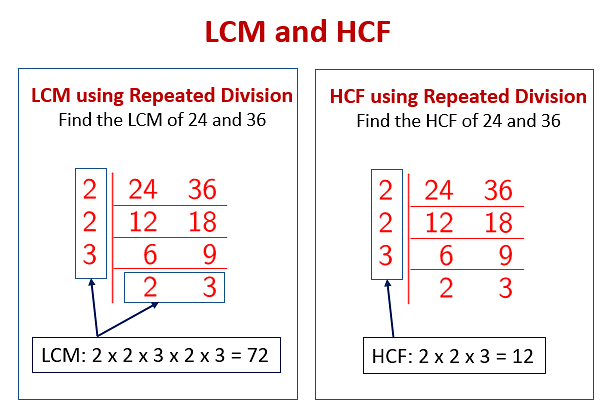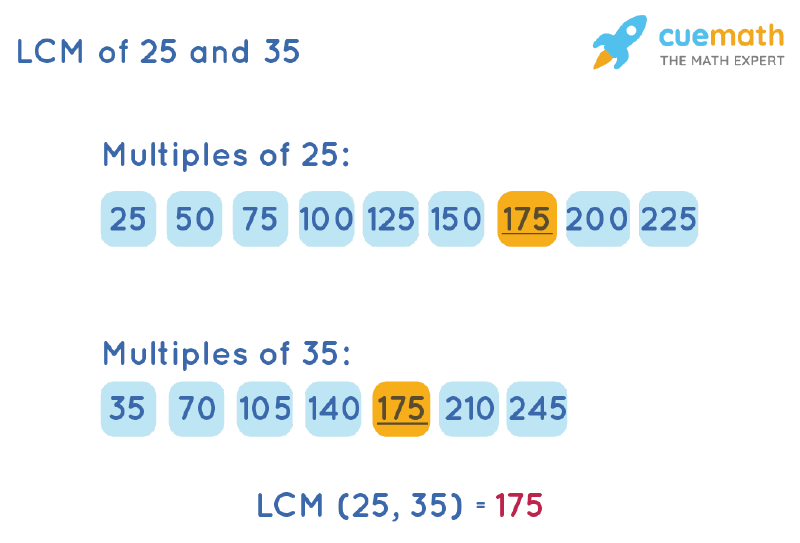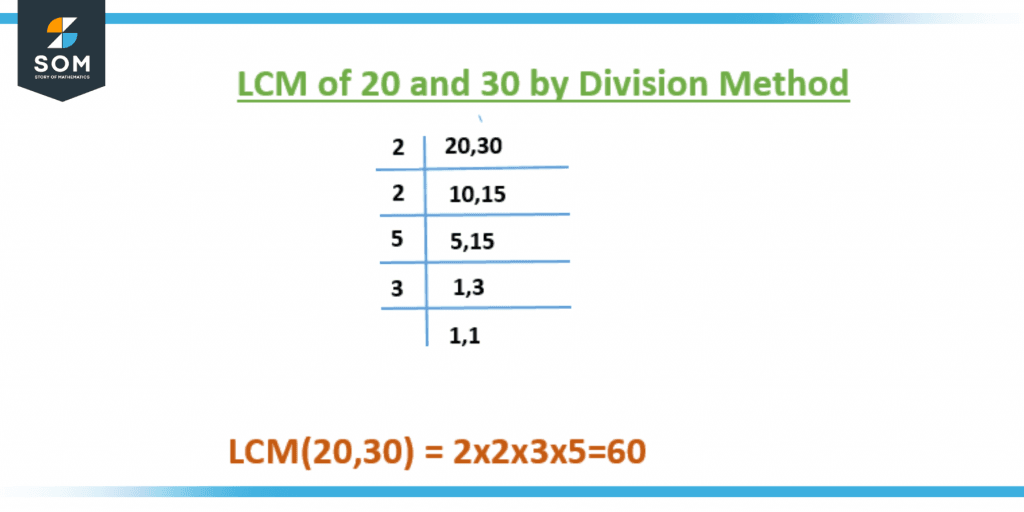What Is The Lcm Of 25 And 20
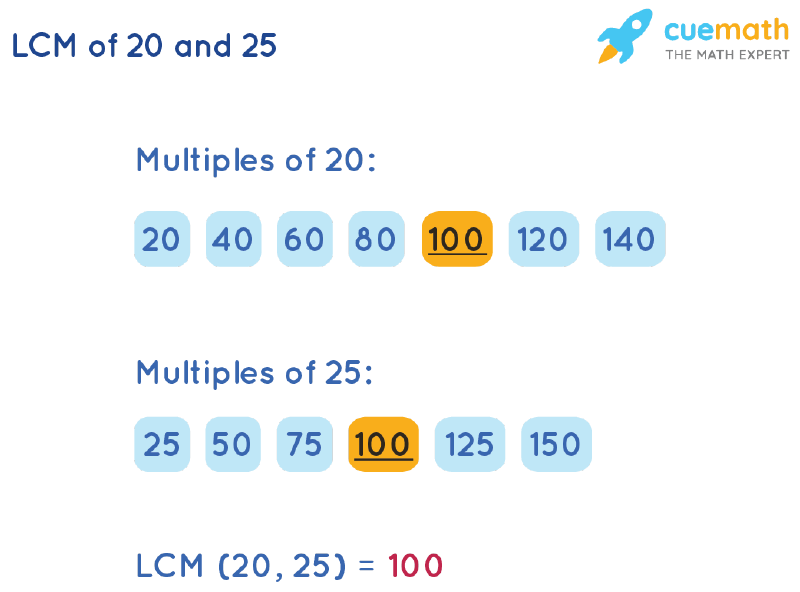
The question of the Least Common Multiple (LCM) of 25 and 20 might seem like a simple math problem, yet its understanding underpins various mathematical concepts and practical applications. This article explores the calculation of the LCM of these two numbers and its relevance in diverse fields.
The LCM, a fundamental concept in number theory, represents the smallest positive integer that is perfectly divisible by two or more given numbers. Understanding this principle provides a foundation for tackling more complex mathematical problems and real-world scenarios.
Calculating the LCM of 25 and 20
Several methods exist to determine the LCM. One common approach involves listing the multiples of each number and identifying the smallest multiple they share.
Multiples of 20: 20, 40, 60, 80, 100, 120, ...
Multiples of 25: 25, 50, 75, 100, 125, ...
As shown, the smallest multiple that both 20 and 25 share is 100. Therefore, the LCM of 25 and 20 is 100.
Prime Factorization Method
Another effective method utilizes prime factorization. This involves breaking down each number into its prime factors.
The prime factorization of 20 is 2 x 2 x 5, or 22 x 5.
The prime factorization of 25 is 5 x 5, or 52.
To find the LCM using this method, identify all unique prime factors and their highest powers present in either factorization. In this case, we have 22 and 52.
Multiplying these together, we get 22 x 52 = 4 x 25 = 100.
Greatest Common Divisor (GCD) Method
The LCM can also be calculated using the GCD (Greatest Common Divisor). The GCD is the largest number that divides evenly into both numbers.
First, find the GCD of 25 and 20, which is 5.
Then, use the formula: LCM(a, b) = (a x b) / GCD(a, b).
Therefore, LCM(25, 20) = (25 x 20) / 5 = 500 / 5 = 100.
Significance and Applications
Understanding and calculating the LCM has numerous practical applications. It is crucial in solving problems involving fractions, scheduling, and periodic events.
For instance, when adding or subtracting fractions with different denominators, finding the LCM of the denominators allows for easy conversion to equivalent fractions with a common denominator. This is a fundamental skill in arithmetic.
Consider two events that occur periodically. One happens every 20 days, and another every 25 days. The LCM of 20 and 25 (which is 100) represents the number of days until both events occur simultaneously again.
"The LCM is a building block for more advanced mathematical concepts. Its mastery is essential for students progressing in mathematics," stated Dr. Anya Sharma, a mathematics professor at State University.
In fields like engineering and computer science, the LCM is used in synchronization tasks and resource allocation to ensure smooth and efficient operation of systems.
Educational Impact
The calculation of LCM is typically introduced in elementary and middle school mathematics curricula. Mastering this skill is considered a foundational step for more advanced mathematical topics.
Many online resources and educational tools are available to help students understand and practice finding the LCM. These include interactive calculators, step-by-step tutorials, and practice worksheets.
Effective teaching strategies often involve relating the LCM to real-world scenarios to make the concept more engaging and understandable for students.
Conclusion
Determining the LCM of 25 and 20, which is 100, is a straightforward calculation that illustrates a powerful mathematical principle. This seemingly simple concept has far-reaching implications in various aspects of mathematics and real-world applications.
From simplifying fractions to scheduling events, understanding the LCM enables us to solve problems effectively and efficiently. Its importance in education and various professional fields cannot be overstated.
Therefore, a solid understanding of the LCM provides a valuable tool for problem-solving across diverse domains.


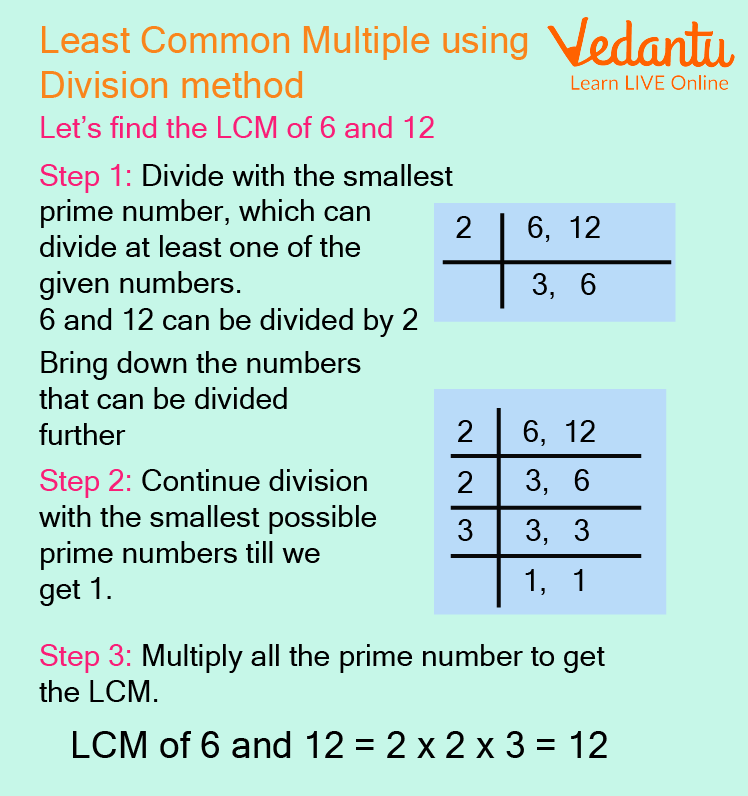
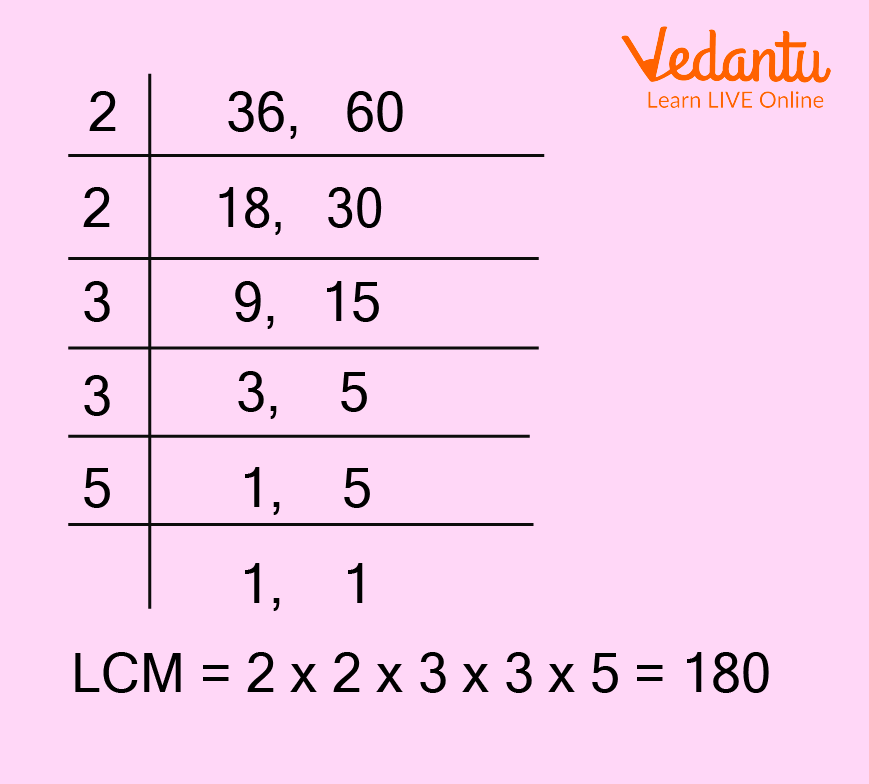


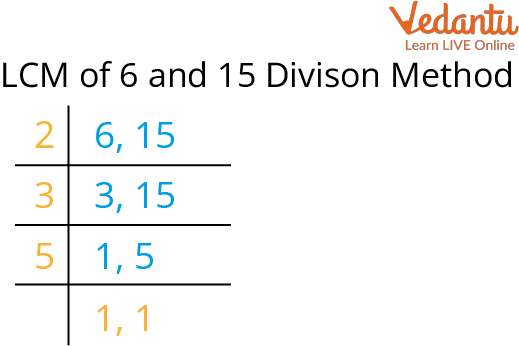
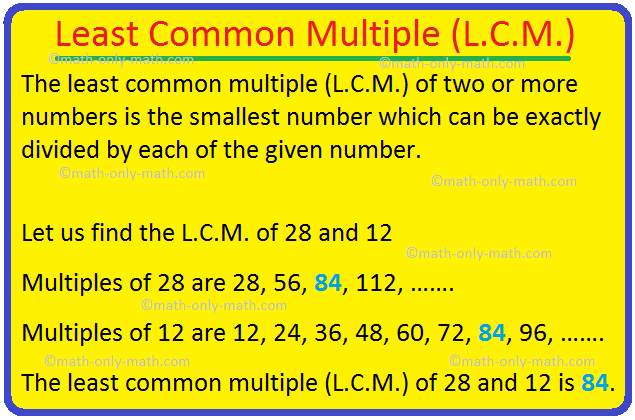

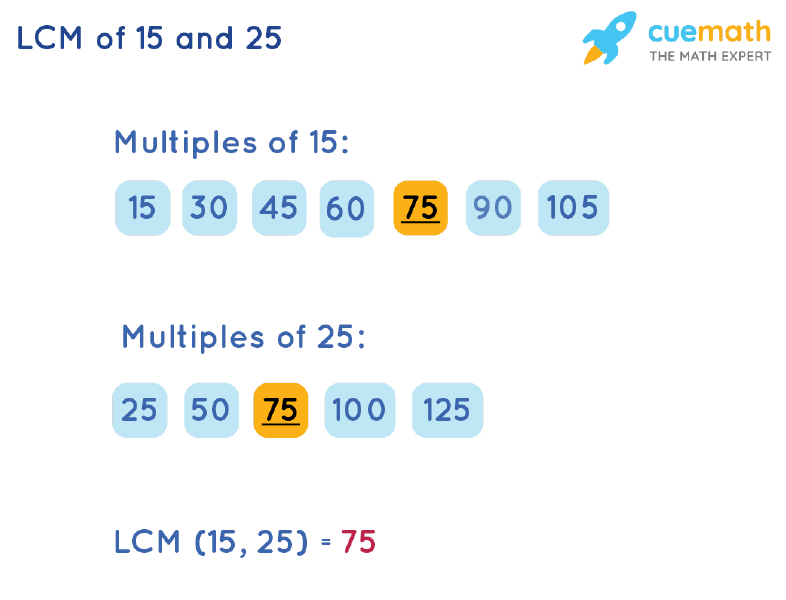
/Activities/Guide62_LeastCommonMultiple-Example-1_v1.png)
